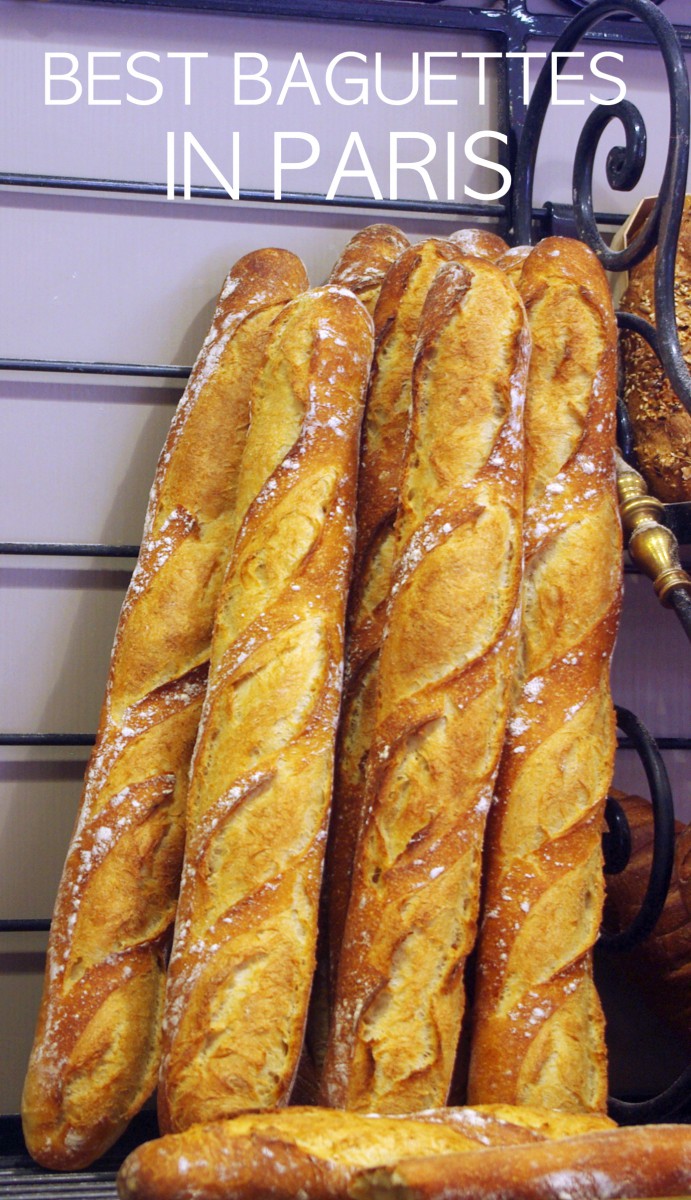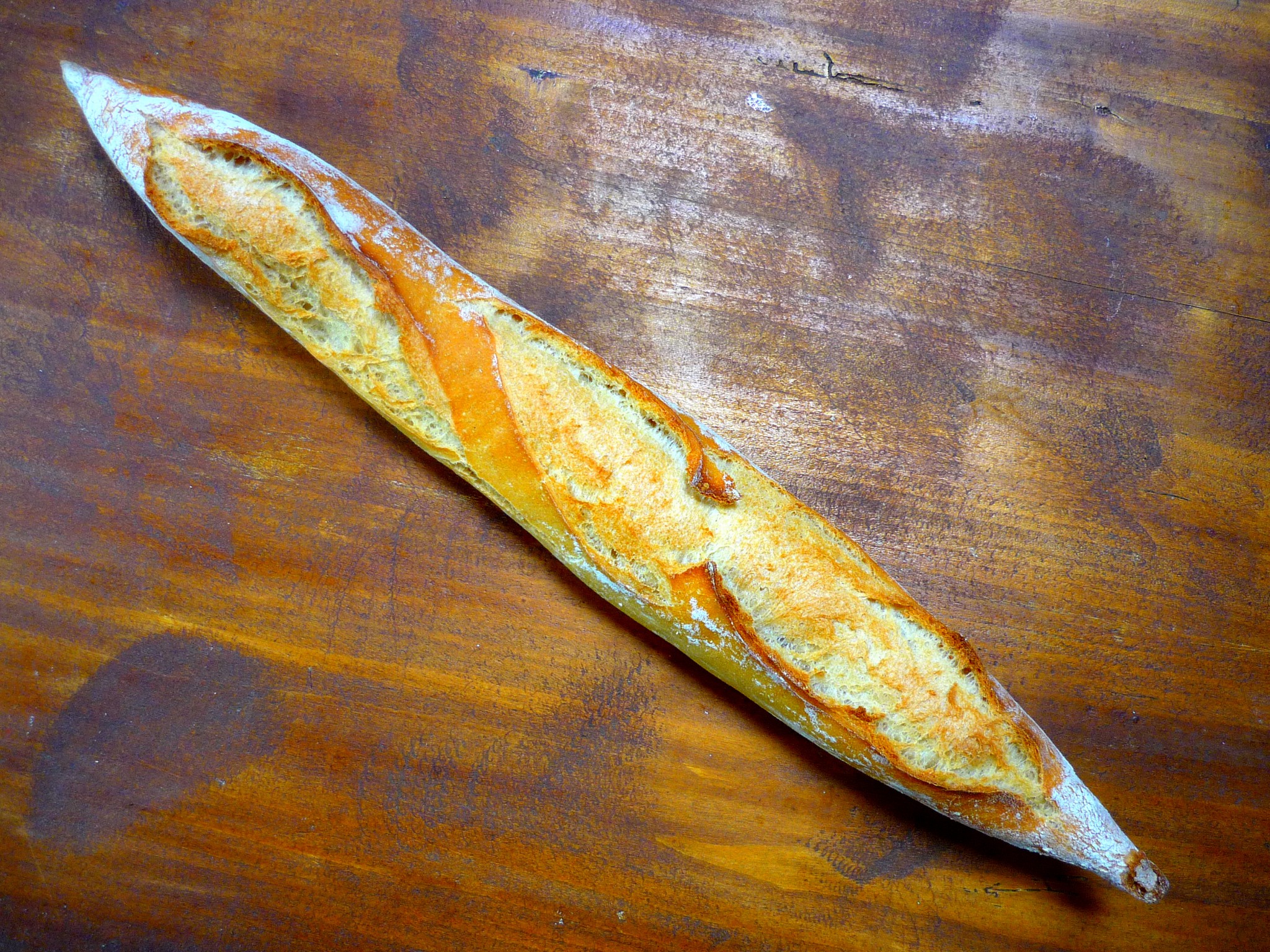On this post, I’m telling you what makes the perfect French baguette and how can you really tell!
The iconic French baguette
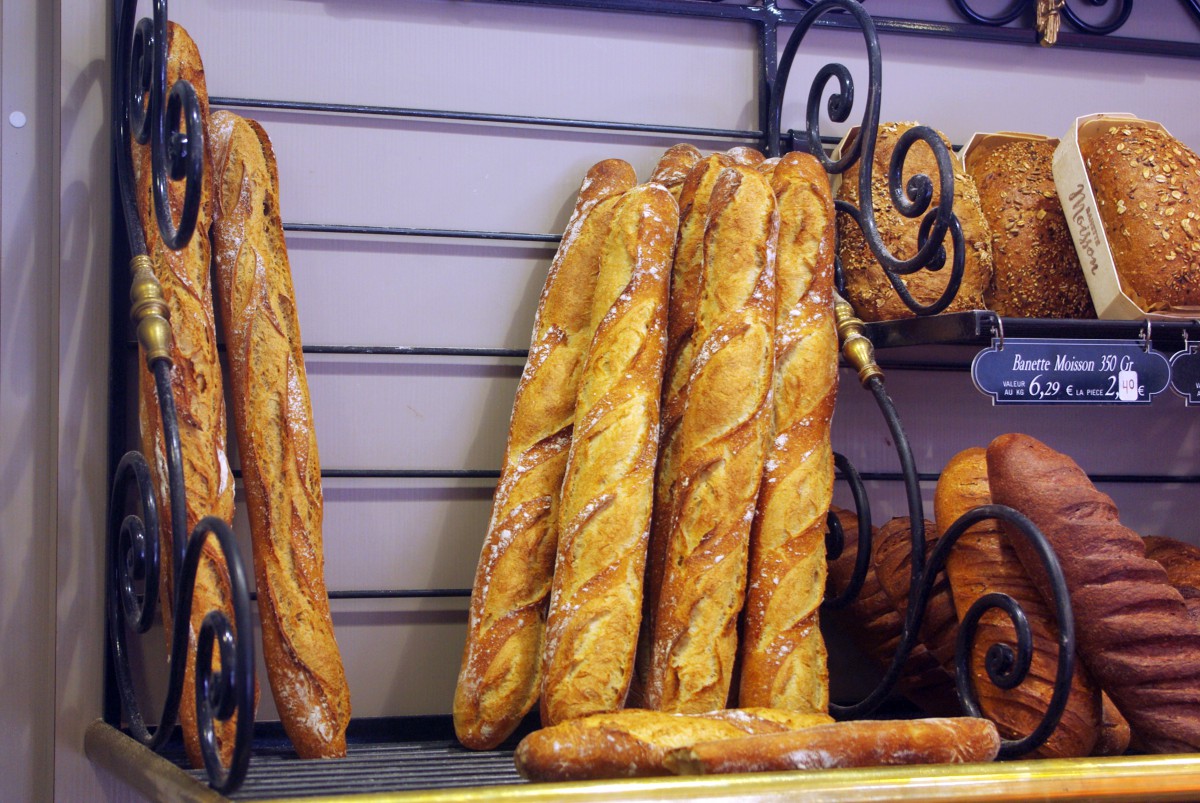
The French baguette is as iconic as the Eiffel Tower and is so quintessentially French it is sometimes hard for other countries to grasp its importance in everyday life. Until you’ve lived the local boulangerie lifestyle and trained your tastebuds to expect daily mouthfuls of heavenly bread still warm out of the oven, you could be forgiven for thinking people make too much of this French tradition, but no, bread is a serious subject in France!
Back home in Australia, some lucky francophiles might have a semi-decent bakery nearby who can manage an “ok” version of the baguette but it is likely to be something in-between that of a French supermarket and a mediocre French boulangerie. Une baguette tradition is very hard to find outside of France.
My French baguette story
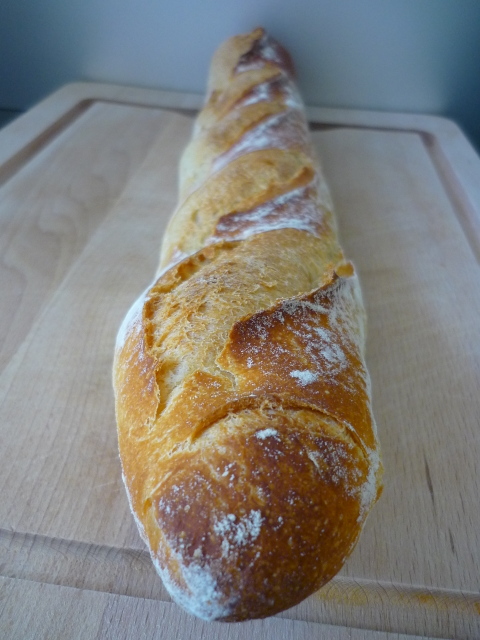
When I was living in France it was in a beautiful little suburb just outside of Paris. A fresh baguette was part of my everyday life. I would time my visit to the boulangerie to be when a fresh batch was due to be coming out of the oven, or pop to a different boulangerie to get a special bread to go with a certain cheese.
If I knew it was a boulangerie’s day off then I would still trek across town to the second best rather than compromise on quality by popping next door. Life in France revolved around this stick of dough and finding perfection! This is the kind of magic and experience we want to share with our students on our courses. Now when I visit Paris I always choose my serviced apartment so that it’s near a great boulangerie!
French baguettes Down Under
In Australia even the finest bakeries can have trouble keeping up the standard as it is not culturally important to pop in for fresh bread each day and the demand is therefore less, meaning it is not in the economic interest of the bakery to have a boulanger (baker) on site all day baking fresh bread. In France boulangeries are open till about 8pm, whereas in Australia you are lucky to find bread left at 5pm and if you do it has often been baked 12 hours ago! Children in France grow up on crisp, crunchy baguette whereas in Australia they often eat sliced soft bread from a supermarket, so the habit is not cultivated when young.
Recent evolution of French baguettes in France

France had a period where its bread changed and standards were challenged. With the two world wars it was hard for bakers to get the same quality flour so the quality went down. Then industrial baking arrived and tempted many into compromising the quality of their produce for quicker production and the use of additives and improvers and par-baking became more common. In the 90’s however there was a return to tradition and artisanal methods when the government created a label of quality which stated that bread had to be made without any freezing during the fermentation process and without additives, improvers or technological help, in order to be classed as traditional.
So, getting down to business, what makes the perfect baguette and how can you really tell?
Appearance of a true French baguette
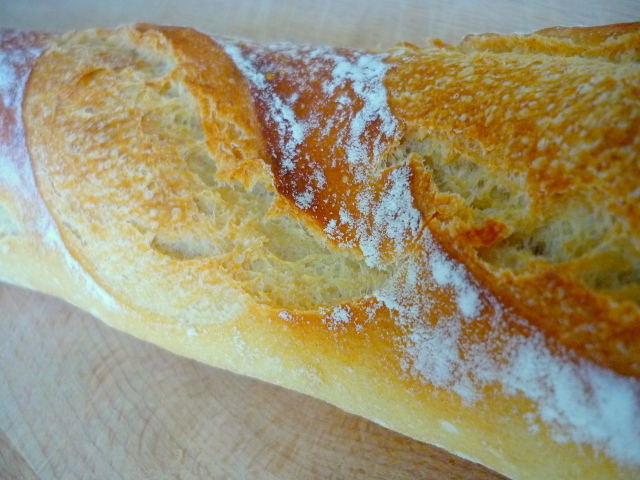
It should be a deep golden brown, not light blonde. This reflects the quality of the flour and also how well it has been baked.
The crumb inside should be a cream colour rather than white.
It should have a smooth base and not have all those little ridges which would show it is a more industrial loaf and been baked in a mould, and not in a traditional oven.
It should not bend when you hold it up!
Texture of a French baguette
The crust should be really crispy. When you scrape the crust it shouldn’t be thin and flaky but have a stronger texture with some elasticity.
Cutting it open, the inside should spring back when pressed and the holes should be of varying size which results from using a natural levain (yeast culture) that takes longer to rise. There should be the perfect contrast between the crust and the crumb and a baguette should never be soggy or lifeless.
Smell of a French baguette
A touch of sweetness, with a yeasty, slightly toasty smell. It should make your taste buds tingle and bring your senses alive!
Taste of a French baguette
Nutty, buttery, sweet and savoury, not too sour. It should be irresistible and make it very hard to arrive home with the end intact!
A question that many of us ask: how long should a baguette last?

A really well made baguette can stay fresh for around 12 hours but where possible you want to eat it within several hours. In France you often buy a baguette for dinner and then toast the left overs or warm in a hot oven for a couple of minutes to re-fresh it for breakfast, or for the keen you get up early to buy a fresh baguette for breakfast too!
The French baguette: English-French Vocabulary
(f) for féminin, (m) for masculin, (adj) for adjective and (v) for verbs
- bread = pain (m)
- to bake = cuire (v)
- baker = boulanger (m)
- bakery = boulangerie (f)
- crumb = mie (f)
- crust = croûte (f)
- flour = farine (f)
- oven = four (m)
- supermarket = supermarché (m)
- yeast = levain (m)
Did you enjoy reading this article? Let us know your favourite boulangeries in Paris by commenting below!
Inspired? Pin it for later:
